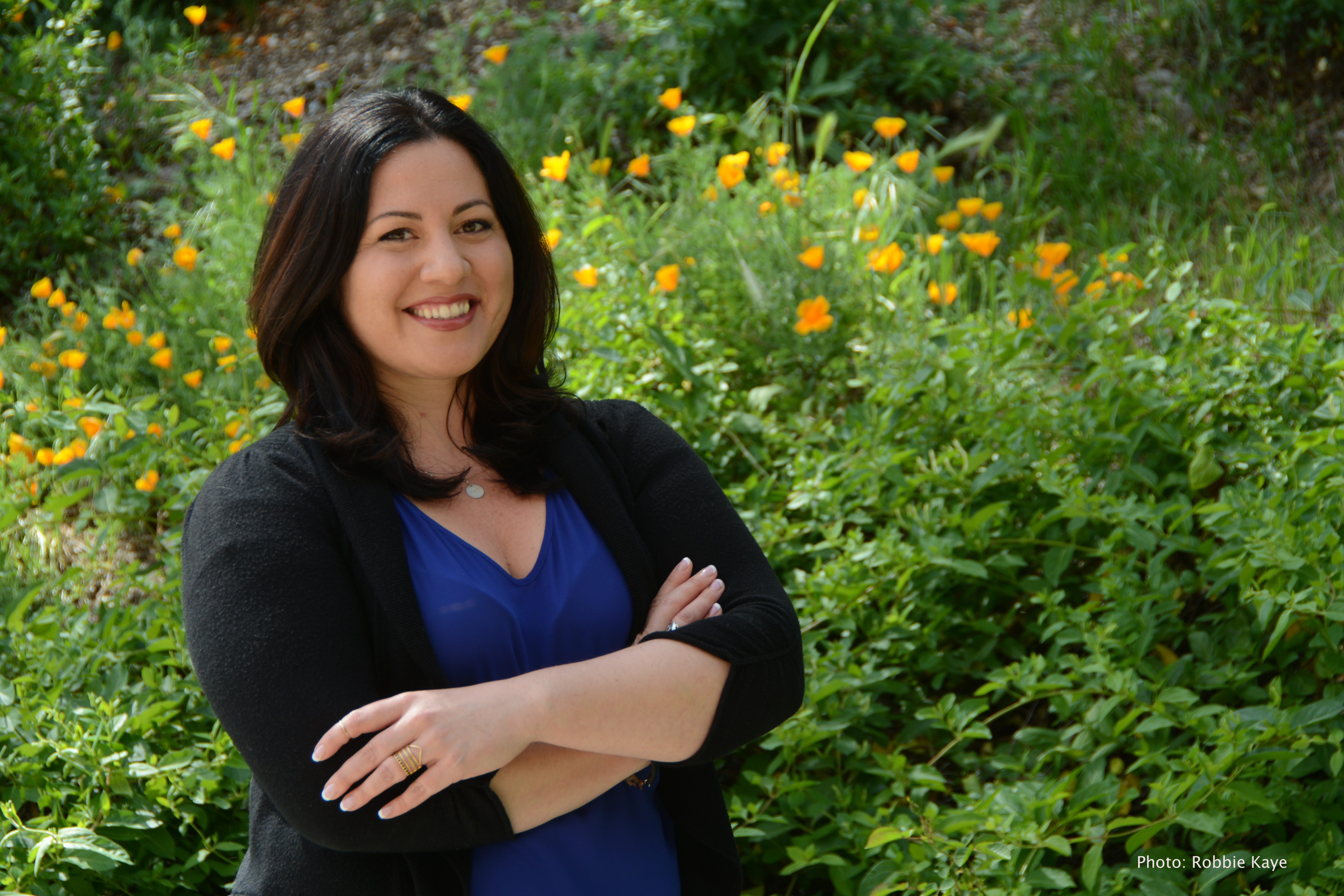By James Riley
Contributing Writer
Have you ever been awoken by a “Charley Horse,” those painful, intense muscle spasms that cause cramping in your legs or feet?
Most seniors have experienced the unpleasant event as night-time leg and foot cramps, which are more common as we age. Such cramps are associated with many chronic diseases, frequently prescribed medications and lifestyle habits.
Cramps are usually short duration episodes of moderate to intense pain caused by sudden, involuntary contractions of muscle fibers. Nocturnal leg cramps involving calf muscles or small muscles of the foot are, unfortunately, more common as we age.
One large study indicated that one-third of those 60 years and older experienced cramps within the previous two months, including 50 percent of those 80 and older. Some 40 percent of the total sample experienced cramps more than three times weekly.
Although cramping is usually considered a benign and transient problem, it may cause intense pain.
Cramping may be caused by a number of factors such as age, dehydration, medications, electrolyte depletion, and poor circulation.
- Age is a significant correlate of cramping. Aging isn’t for sissies, and a little cramping beats the alternative of not aging.
- Dehydration: Cramping is frequently caused by low fluid levels in the body that inhibits proper muscle function. Cramping may be a warning sign of dehydration and can be easily remedied by drinking more water and other fluids. Many seniors, as we age, have diminished thirst sensitivity and may be unaware we are dehydrated. The solution is simple: Consume more fluids.
- Electrolyte Depletion: Cramping is more likely to occur during hot weather as we sweat to maintain proper body temperature. Sweating removes needed electrolytes such as potassium, sodium and calcium needed for proper muscle functioning. Both fluids and electrolytes should be replaced often during hot weather.
- Medications: Numerous medications may have the side effect of increasing the frequency of cramps. Common medications such as statins and diuretics are just two classes of drugs that may have the side effect of cramping. Always carefully read the possible side effects of drugs you ingest, and consult your pharmacist or doctor if you experience unusual cramping.
- Poor Circulation: If cramping gets worse when you increase activity levels, it may be a symptom of poor circulation. Poor circulation may be caused by a number of reasons, such blocked arteries, heart problems or leaky valves. If cramping occurs with increased activity, consult your doctor.
- The “Bulldog” Fitness Program: As a trainer I’ve often observed seniors who attempt to “get in shape” in one week following an illness, injury or long break from working out. They seem to feel they can hurry the fitness process with intense, prolonged bouts of exercise fueled by fierce determination. The result is usually injury, extreme soreness and cramps.
Fitness improvement is a progression of gradually increasing stimulation. If you have been inactive for a period of time it should take approximately the same length of time to gradually return to your former fitness level. A little increase over time works for recovery of fitness levels.
It is possible to treat cramps at home. In addition to staying hydrated and being aware of the side effects of medications, gentle stretching of the affected muscle groups is a most effective therapy.
Cramping muscles tend to knot up and lose their straight line of flow. Gently stretching helps to realign the muscle fibers and lengthen them to not only relieve soreness but reduces the probability of future cramps.
For severe cramps, over the counter anti-inflammation medications can relieve pain and swelling. The application of cold compresses may also help.
Lastly, make sure your diet includes sufficient vegetables and fruits so you consume enough electrolytes and minerals for proper muscle functioning.
For most seniors, cramping can be controlled by staying active, maintaining a healthy diet and gently stretching.





